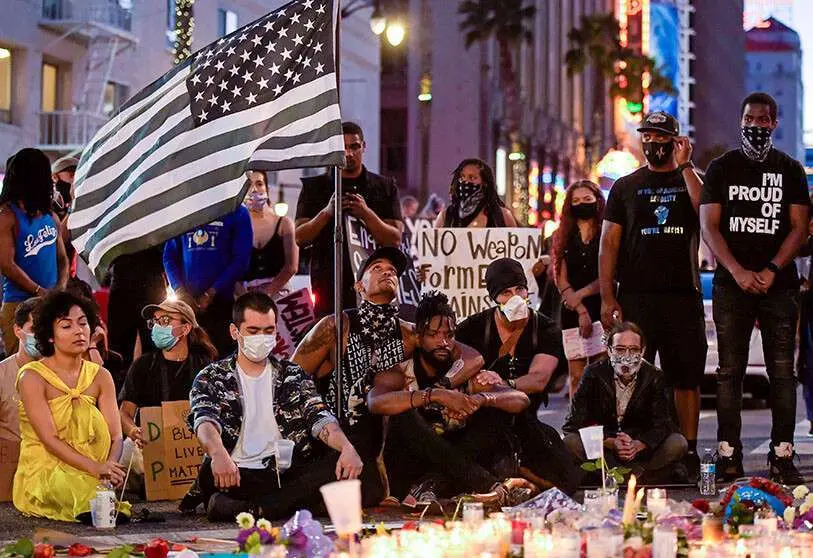Crimes and Punishments of America

Joyce Carol Oates has taken on the moral responsibility of telling the story of the United States from the everyday lives of ordinary Americans, born free and equal before the law, but without any possibility of achieving happiness. Her novels put on the table of contemporary culture, one after another, a notarial document to attest that the illusion of political and social progress is unfeasible. Not only does he denounce, as did the classics of nineteenth-century realism, the miserable manifest destiny caused by injustice, and the miserable contours where the first phase of the development of liberal democracy had not reached. Rather, she reveals in her stories, as Dostoyevsky did in his novels, the insurmountable essence of evil, whose unusual but plausible limits trace in the lives of the silent majority, a line soaked in black and white dyes, which leaves no margin or space for hope. Joyce Carol Oates looks, feels, and interprets. At the end of her story, she turns off the light, darkens the dream of America, and leaves.
Violet Kerrigan, the protagonist of Delatora, is the young daughter of a family of Irish descent in the northern United States, who one night sees two of her older brothers return home after having murdered a young black man from a neighbouring neighbourhood. Not knowing what it is, she suspects that something has happened and although she has no intention of talking, she cannot hide the truth in her innocence. When her brothers are sentenced, she has to go to live with her aunt and uncle, disowned by her father and her whole family as an informer. From that moment on, she lives an anguished life of loneliness, helplessness and repentance, amidst humiliation and torment.
The novel, though distant and distinct, recalls aspects of the stories of The Brothers Karamazov and Crime and Punishment in its plot. A family united by blood ties that are suddenly torn apart by the atrocious onslaught of the evil that tears them apart. A despotic father, despicably convinced of a structure of values that puts his identity before justice and lies to his young daughter, Violet. Children who are servants of a patriarchal environment. Two young killers waiting for the moment to unleash their racist violence in today's America. The unjustifiable murder. The irrationality that destroys everything. A justice muddied between social opinions, half-truths and uncertain testimonies. A religious belief that does not resolve the struggle between the moral and the immoral. The evil and bastardised racial and gender division that feeds social hatred and family division like a modern Smerdiakov, faceless and nameless, but entirely real. The unjust judicial fate of Dimitri Karamazov and the social condemnation of Violet Kerrigan to wander the streets of South Niagara, in search of a novelist, male or female, to bear witness to her truth.
Joyce Carol Oates also takes the opportunity to remind us that the story she tells us is not exactly of today. It was forged between 1992 and 2005, when the United States seemed the indestructible victor and reference point abroad, even though it suffered all that hatred at home. Like Dostoyevsky, the American novelist also fails to clarify the horizon of great state policies. She simply exposes issues such as the constant inability of human beings to overcome immorality; the growing distance between the narrative of power and the lives of citizens; the unbridgeable gap between servitude and freedom; and the minuscule hope that after having lived alone and helpless, Violet Kerrigan might have the chance to be entirely happy.

